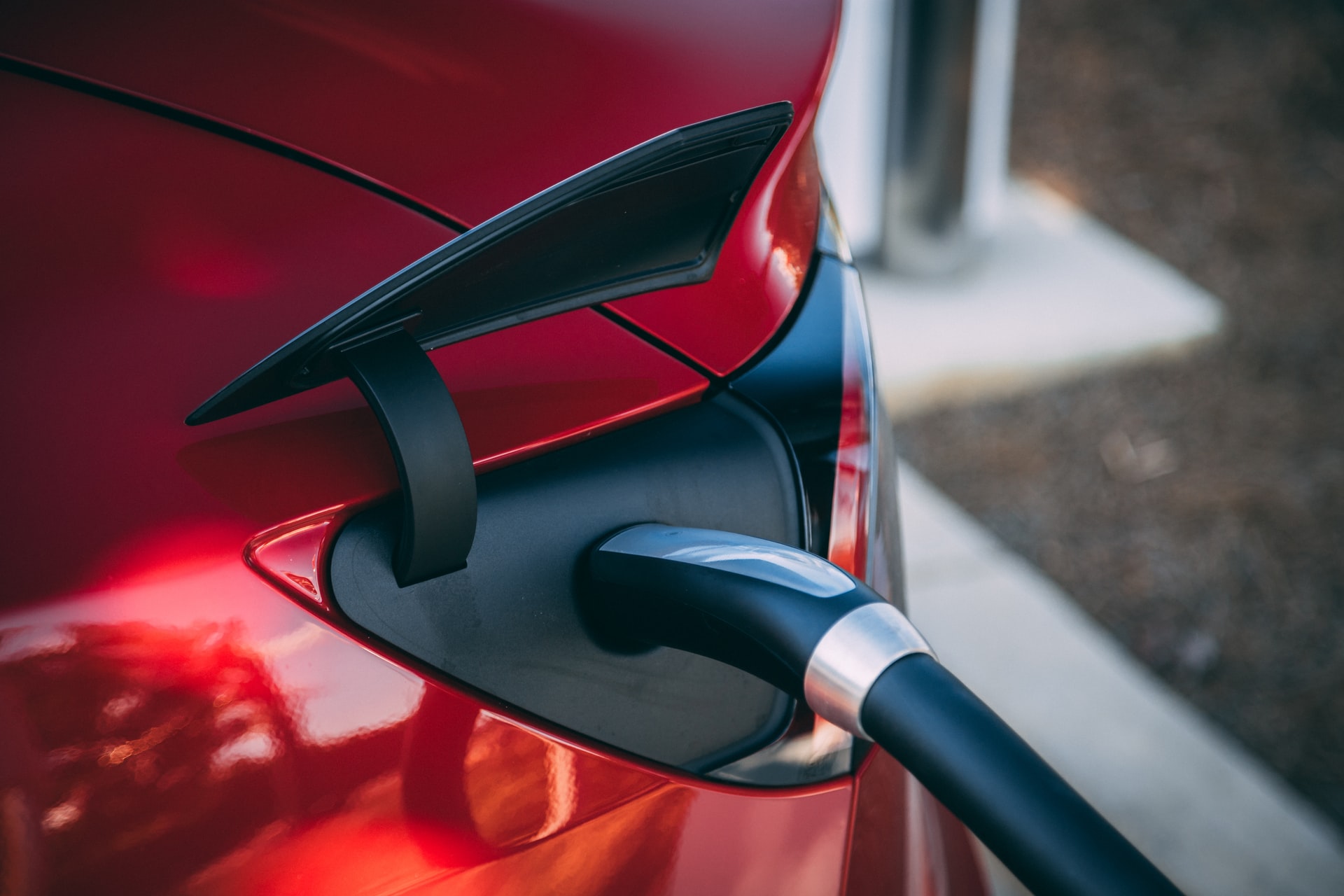With the Senate’s infrastructure bill set to get a final vote today, $7.5 billion is that much closer to being unleashed into the US’s growing electric vehicle charging network. Private investment has managed to put together a decent charging network, but EV utilization remains concentrated in just a few states across the nation.
Collaboration among utilities, EV makers, and charger manufacturers, as well as inventive new ways to integrate charging units into pre-existing infrastructure, will be key to electrifying US transportation. An optimized grid of chargers across the nation comes with the promise of significant profitability.
Related ETFs & Stocks: Global X U.S. Infrastructure Development ETF (PAVE), Utilities Select Sector SPDR Fund (XLU), Blink Charging Co. (BLNK), ChargePoint Holdings, Inc. (CHPT), Nuvve Holding Corp. (NVVE)
All eyes remain fixed on the US Senate’s infrastructure bill this week, set for a final vote today. As the New York Times notes, the legislation is expected to pass after nearly 70 senators already voted to advance it late Sunday night.
As MRP noted last week, the bill includes $73 billion to modernize the electric grid, as well as $7.5 billion to develop electric vehicle (EV) charging stations across the country – a move critical to hastening the adoption of EVs.
At this point, fewer than 10% of Americans have easy access to a public electric vehicle charging station. Out of the 104,000 public charging plugs available today, Axios notes that just 18% are so-called “Level 3” or “DC fast chargers,” which can replenish an EV battery in an hour or less.
Automakers Boost EV Output, But Charging Stations Remain Key Catalyst
Installing 500,000 new charging stations across the country – one of the Biden administration’s stated goals – would cover 57% of the charging that US vehicles will need by 2030, sparking the sale of some 25 million electric cars and trucks, according to Bloomberg New Energy Finance.
President Biden even signed an executive order last week, calling on sales of electric, fuel-cell and plug-in hybrids to account for 50% of car and light truck sales by 2030. While the move was largely symbolic and has no binding authority, the Wall Street Journal reports that a cohort of American auto makers, including General Motors Co., Ford Motor Co., and Jeep manufacturer Stellantis NV, will aim to make electric vehicles account for 40% to 50% of their US sales by 2030.
A June report from Ernst & Young LLP, highlighted by Bloomberg, states that EV sales in Europe, China and the US will outperform gas-powered vehicle sales in 2033 for the first time ever – five years earlier than previously projected.
As it stands, EV adoption has been largely concentrated in urban and suburban areas across a small number of states. Per the Wall Street Journal, around 42% of US EV registrations are clustered in California alone. Therefore, in most parts of the country, the buildout of chargers will have to precede mass adoption.
To break off its own piece of infrastructure dollars, top EV maker Tesla has finally agreed to open its Supercharger network to other automakers. Exclusive access to branded fast-charging stations has been one of the key incentives Tesla has employed to lure prospective buyers, but access to federal dollars from the infrastructure bill will require them to open up that network to other EVs. As Green Car Reports notes, however, slower-charging non-Tesla vehicles will be charging up at a higher price.
In more rural areas, EV startup Rivian is looking to make its mark. As part of its approach to “adventure vehicles”, the company sees it as necessary to invest in charging stations throughout remote areas of the US. Currently, TechCrunch reports Rivian is working on installing its so-called “waypoint” chargers at all of Tennessee’s 56 state parks, just four months after announcing a similar agreement with the state of Colorado.
Rivian, backed by Amazon and Ford, closed its latest $2.5 billion funding round in late July. That brought its total raise to about $10.5 billion.
Utilities Face High Capital Expenditures, but Could Reap Significant Rewards
Thus far, US investor-owned utilities outside California have approved $1.49 billion in EV programs and have another $672 million pending approval at utility commissions, according to Atlas Public Policy, a Washington, D.C., research firm that tracks the EV market. That includes plans for more than 9,100 fast chargers, 245,000 other chargers and programs such as transit buses and associated charging.
That sum, combined with the injection of investment coming from the new infrastructure package, is a good start – but well below what will eventually be needed for the US to achieve an advanced network of EV chargers. Another report…
To read the complete Market Insight, current clients SIGN IN HERE For a free trial, or to subscribe and become an MRP client today, START A FREE TRIAL Once you’re logged in, you’ll also gain access to:










